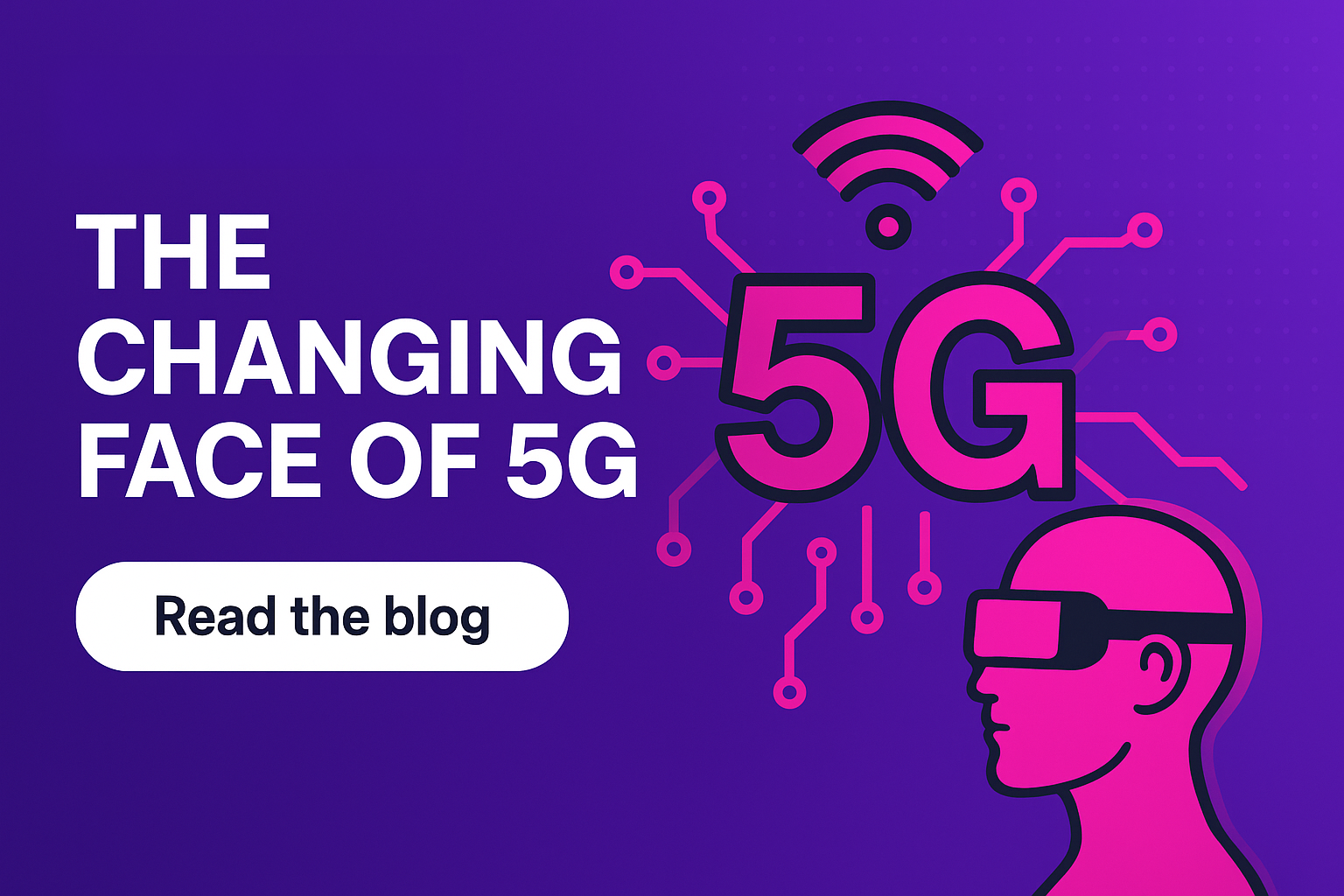The launch of 5G was marred by controversy, from covid-19 conspiracy theorists to apparent Chinese spyware. But half a decade later and 5G networks are starting to become the mainframe of telcoms infrastructure in major urban areas. It seems the conspiracy theories have been forgotten, and for now the focus is on the advantages and capabilities that 5G has.
It’s not all about AI, but it is a little…
One of the benefits of 5G is its capabilities to support AI applications as well as integrate with it. Network optimization is an ideal automation use case for AI that is now starting to be implemented. This makes more effective use of existing infrastructure and ultimately delivers more consistent high-speed connectivity. That’s where the real AI appeal comes in – the ability to use AI’s computing power without being constrained by limited or poor connectivity. Augmenting this at enterprise level can be a game changer for those companies investing heavily is AI.
Advanced automation capabilities
Major infrastructure is being automated through private 5G networks creating operational efficiencies and real-time tracking of shipments. One example of this is ports using remote controlled cranes to load and offload shipping containers in ports. Another is mining companies using self-drive vehicles to transport ore and access areas that would be considered hazardous for humans to work in. Having remote access reduces risk for workers and enables operations to continue uninterrupted.
Monitoring and quality assurance
Not a new use case especially in manufacturing and supply chain, but definitely one that 5G brings greater efficiency to. Most monitoring networks have constrained by network capabilities and limited by IoT devices. Now 5G is making it possible to automate optimization of production lines based on real-time data that’s received. This takes the lag out of implementing improvements that can result in efficiencies.
Help, health and care
Remote surgeries are no longer a futuristic idea. Augmented reality assisted robotic surgeries are now a reality with the improved connectivity that 5G offers. In emergency medicine and search and rescue operations, 5G networks enable real-time collection of data. This helps emergency services to make more informed decisions as critical events unfold. Having dedicated slices for secure communications during operations is a major advantage, often necessary in protecting the identities casualties from media frenzy.
Holograph future, could it be here?
One of the seemingly craziest predictions for 5G was enabling holographic communications. It may have been a fantasy since viewing StarTrek in the 80’s and there are some companies investing in making this a reality but it’s not quite there yet in terms of commercial applications. Maybe it’s something that billionaires will use to show off with at dinner parties – the ones they don’t feel like attending in person, but for the average person it may have to remain a StarTrek dream – for now.
As for the future of 5G, flexibility and scalability remain a priority. Private networking and 5G slicing are likely to be an important part of this as companies look to customize their network to match their business needs. The changing face of 5G? It’s in the applications and the ability for businesses to build what they want because the infrastructure exists to support it.




